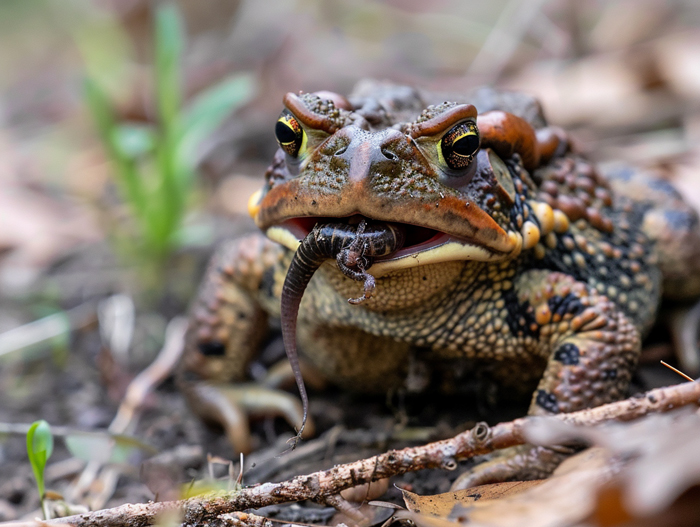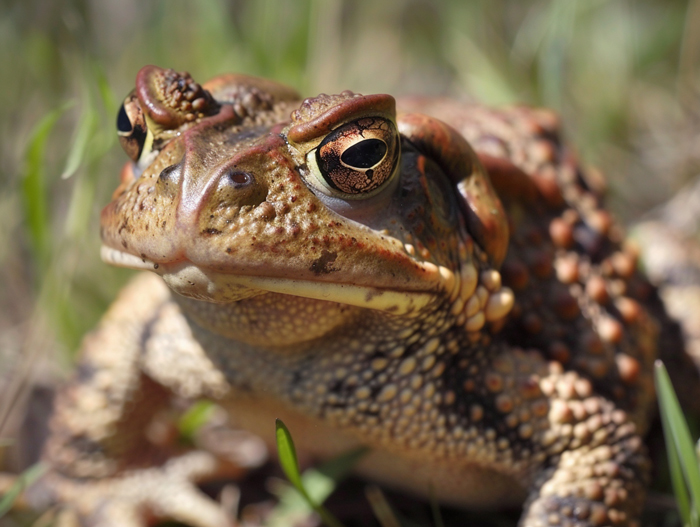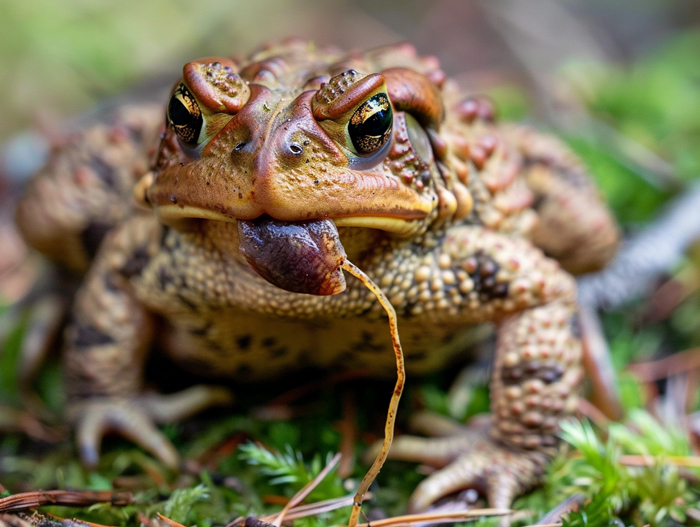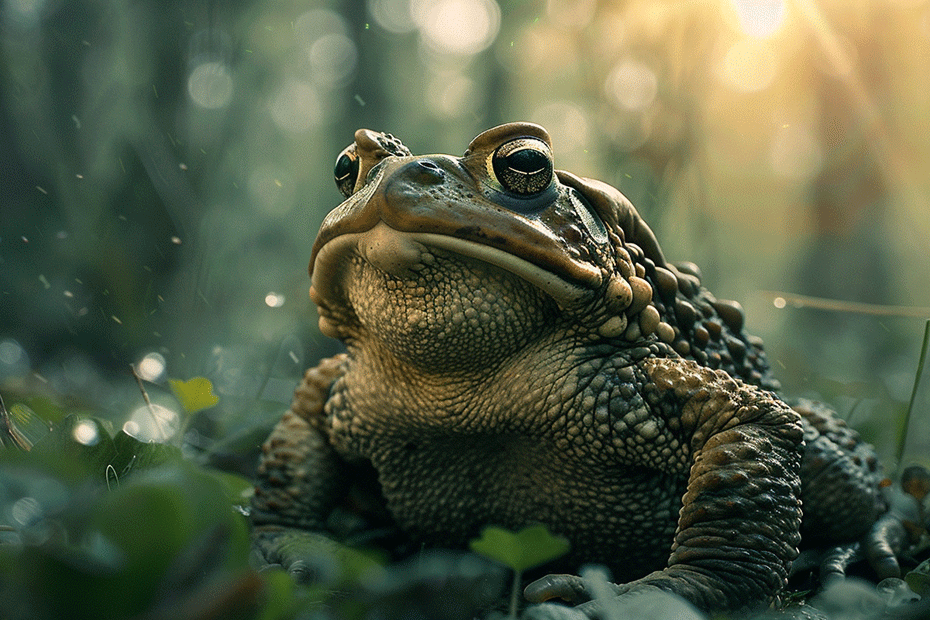Curious about what toads eat? You’re in the right place! Toads have a unique diet that might surprise you. These fascinating creatures are not picky eaters and will gobble up a variety of tasty treats. From insects to small animals, toads have quite the appetite.
Whether you’re a toad enthusiast or simply intrigued by these amphibians, understanding their dietary habits is key. By delving into the world of toad cuisine, you’ll gain insight into their role in the ecosystem and how they contribute to maintaining a balanced environment. Stay tuned as we uncover the secrets of what toads love to munch on in the wild.
Key Takeaways
- Toads are carnivorous creatures with voracious appetites, mainly feeding on insects, spiders, worms, and small invertebrates.
- Common foods for toads include insects like beetles, ants, caterpillars, as well as smaller amphibians, fish, and even small mammals.
- Toads are opportunistic hunters that rely on ambush techniques, using their sticky tongues to capture prey especially at night near water sources.
- Observing a toad’s diet provides insights into the balance of nature and their critical role in controlling pest populations naturally.
- Toads primarily find their food near water sources in moist environments like ponds and marshes, where they hunt insects and small creatures.
- By preying on harmful insects and regulating populations in the ecosystem, toads contribute to maintaining biodiversity and supporting ecological stability.
What Do Toads Eat?
Toads have varied diets that play a crucial role in maintaining natural ecosystems. Understanding their eating habits is essential for enthusiasts curious about these amphibians.

Diet of Toads
- Toads are carnivorous creatures.
- Their diet consists mainly of insects, spiders, worms, and small invertebrates.
- Toads have a voracious appetite and are beneficial in controlling pest populations.
Common Food for Toads
- Insects such as beetles, ants, and caterpillars are staple foods.
- They also consume smaller amphibians, fish, and even small mammals.
- Toads can be seen feeding near water sources, where they find most of their prey.
- Toads are opportunistic hunters, relying on ambush techniques.
- They use their tongues to capture prey, aided by their sticky saliva.
- Toads hunt mainly at night, taking advantage of darkness to catch unsuspecting prey.
Whether in your backyard or a natural habitat, observing a toad’s diet offers insight into the intricate balance of nature.
Where Do Toads Find Their Food?

Natural Habitat
Toads primarily find their food in moist environments where their prey thrives. They are commonly found near water sources like ponds, marshes, and streams, where insects and other small creatures gather. Toads are also known to explore gardens and backyards, hunting for insects and spiders among plants and moist soil.
- Toads use their sticky tongues to catch prey quickly.
- They sit and wait for insects to come within striking distance.
- Toads are nocturnal hunters, taking advantage of the cover of darkness to locate and capture their prey efficiently.
Importance of a Toad’s Diet

Ecosystem Balance
Toads perform a critical role in maintaining Ecosystem Balance through their dietary habits. By feeding on insects and small creatures, toads help control pest populations naturally. This reduces the need for harmful chemical pesticides, promoting a healthier environment.
- Toads serve as biological pest controllers by preying on harmful insects.
- Their diet helps regulate populations of various creatures in the ecosystem.
Biodiversity Support
A toad’s diet not only aids in pest control but also contributes to supporting biodiversity. By consuming a variety of prey, toads help maintain a balanced ecosystem where different species can thrive.
- Toads play a part in preserving the diversity of insect species.
- Their feeding habits contribute to ecological stability.
Conclusion
Toads play a crucial role in maintaining the delicate balance of ecosystems through their diet. By consuming insects and small creatures, they act as natural pest controllers, reducing the need for harmful pesticides. This not only benefits the environment but also supports biodiversity by regulating populations of various creatures. By understanding what toads eat and their impact on the ecosystem, you can appreciate the vital role they play in preserving ecological stability and species diversity.

Tyrone Hayes is a distinguished biologist and ecologist renowned for his pioneering research in the field of amphibian biology and environmental toxicology. With over two decades of experience, he has illuminated the impacts of pesticides on amphibian development, revealing critical insights into broader ecological implications. Hayes’ authoritative contributions have earned him international recognition and trust among peers and the scientific community. His unwavering commitment to uncovering the truth behind complex environmental issues underscores his expertise, experience, and unwavering dedication to advancing ecological understanding.
